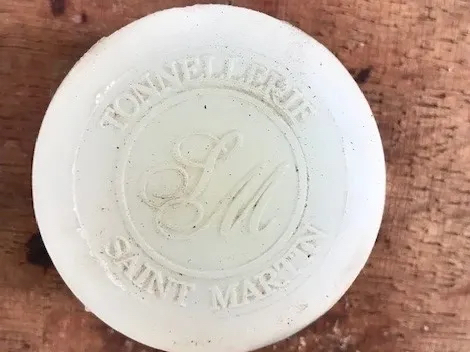Oftentimes when you visit a distillery or wine maker they will talk to you of flavour.
Traditionally methods of tasting alcohol include swirling the liquid in an appropriate glass, delving deep into the smell of the liquid with your nose and finally to taste the liquid with a sip. Words like light, dense, tannins, vanilla, chocolate, apricot, heady, complex, oak, pepper and so on, get thrown around and you’re probably a little baffled about where the hell those flavours came from and how they’re distinguished in your glass of whiskey or wine. And while we can’t ignore things like yeast, barley and water adding flavour to the whisky we must acknowledge that the birth of all flavour comes from the barrel.
We were extremely fortunate to lay our hands on four ex-Tasmanian Fortified wine barrels from a local wine maker. And when we sent the barrels to be re-coopered the Cooper was excited! And with good reason.
You see, the barrels were made in 2004 in France by Tonnellerie Saint Martin who are one of the most highly respected Cooperages in the world, in operation since 1922. They use exceptionally high quality oak and will often blend different oaks to improve the wine the barrels are intended for. The Oak is dried for varying periods of time and has differing grains allowing for absorption of the wine. It is at this stage that flavours are already being implied and a good Cooper will know what kind of Oak will suit which kind of wine.
The use of the Barrels after they’ve been used for wine or spirit adds to the complexity of the whisky when it’s finished. Ex-bourbon barrels will almost always burn your vibrissae (nasal hair) while ex-Sherry is a little sweeter and softer. Better still (in my opinion) are ex-Port barrels which usually allow for a deeper intensity and finish the whiskey with a softness that is quite extroadinary.
We fully expect, on maturation of our whisky, that these barrels will produce a complex aroma filled with vanilla, spice and all things nice.


